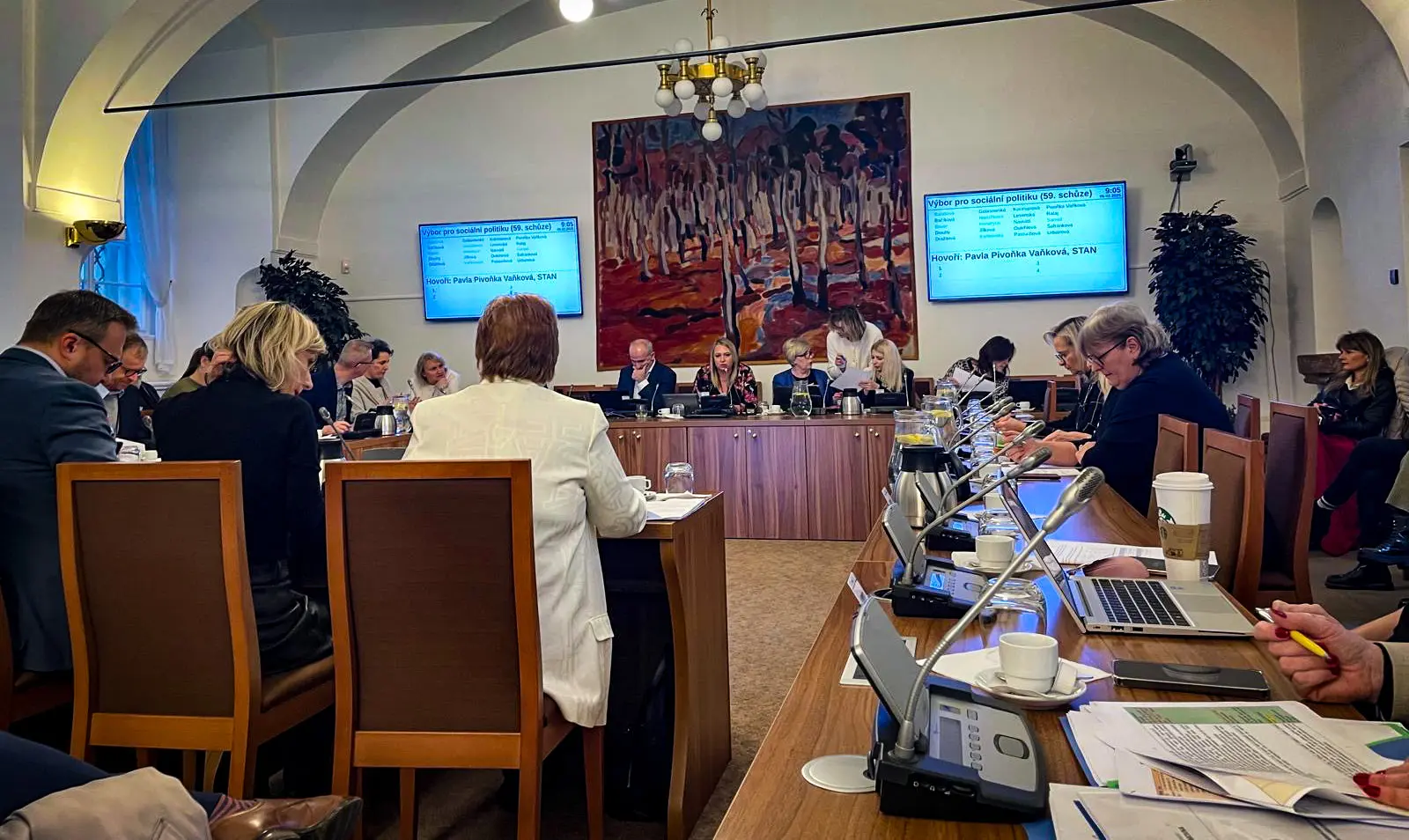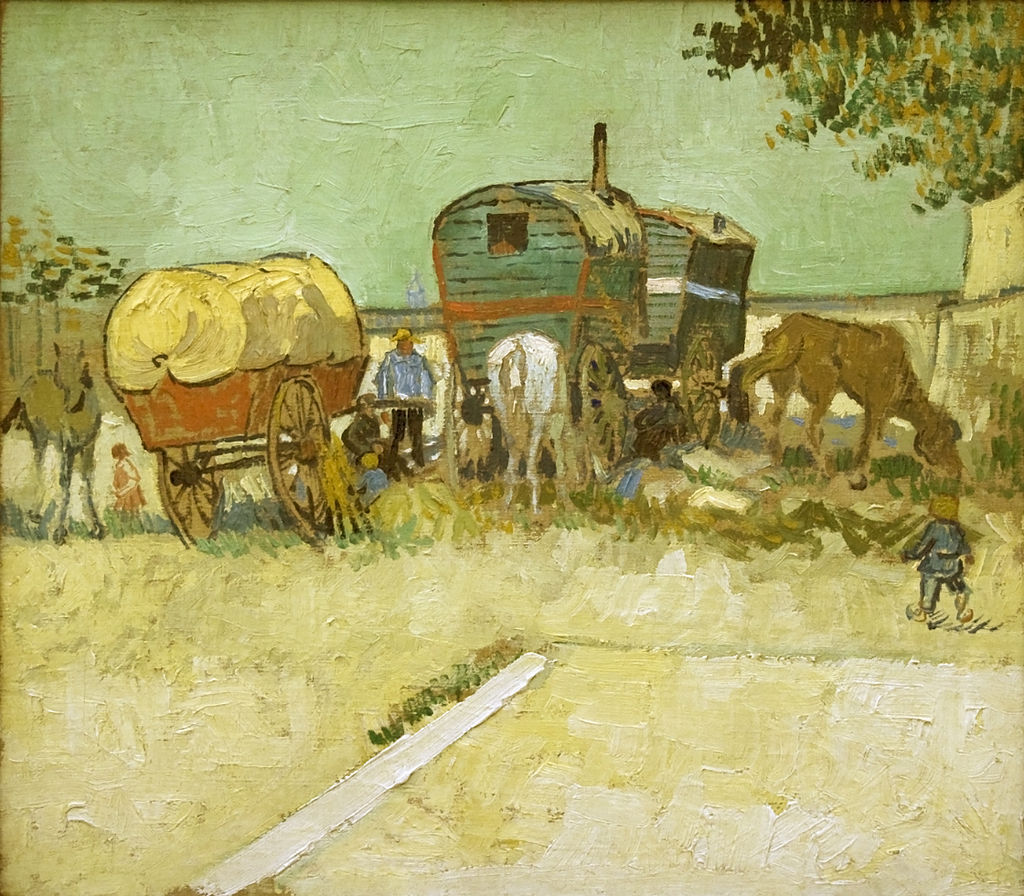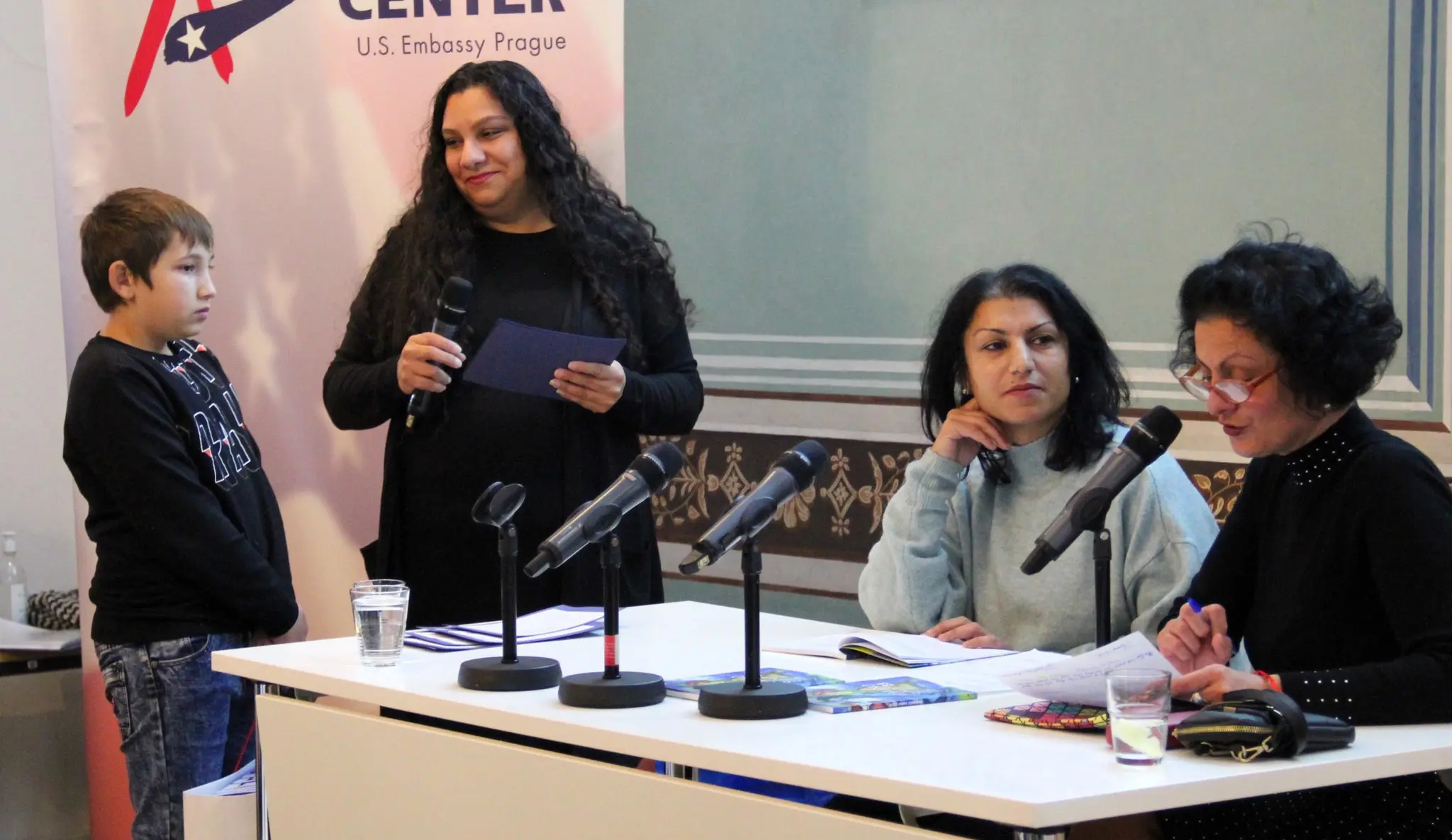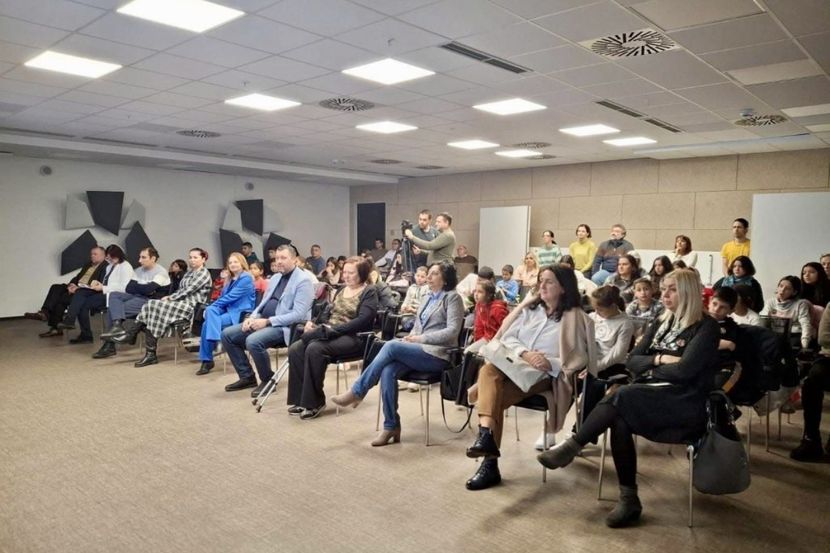In early September, the European Commission (2014) has published a new study, which analysed the health of Rroma in the European Union. The study comes to the conclusion that members of the minority face more difficulties when trying to access health institutions, mainly due to the Rroma marginalisation. Women are particularly affected by poorer health care. Furthermore, life expectancy is said to be much lower than among other population groups, while at the same time the average age is significantly lower than in the European majority populations. With regard to infectious diseases, the survey found a lack of comprehensive, reliable research. However, some studies show an increased rate of infectious diseases among Rroma, which is thought to be connected to a lack of vaccination of the Rroma children. The proportion of chronic diseases (asthma, diabetes, cardiovascular diseases, and high blood pressure) is significantly higher among the minority, the report states. Regarding a healthy lifestyle, the available information is said to be inadequate. The data available suggests that the Rroma lifestyle is less oriented towards an better health than compared to the majority population. Rroma are particularly affected by the economic crisis, which finds expression in an more difficult access to health care. The generally poorer health is thereby connected with a lower education rate, poorer infrastructure, and with greater unemployment among Rroma populations of the EU, it is claimed. The study repeatedly points to the lack of available data on the health status of Rroma in the European Union. Nevertheless, it comes to clear findings. From the Rroma Contact Point viewpoint, the authors of study questions far too little whether investigated Rroma were already marginalised and therefore relatively easy contactable persons for a research or whether they were integrated ones, who are generally ignored in such researches. Many Rroma are integrated, keep their identity a secret and are therefore difficult to contact for such a study. These integrated, invisible Rroma, which have generally good health, seem not to have been considered for this study, which cast doubts on the representativeness of the results. The authors themselves state a lot of uncertainties regarding the proportions of the Rroma population in Europe: “The debate over the size of the Roma population is a direct consequence of the lack of clarity regarding Roma identity, as it makes counting the Roma difficult or even impossible. […] As a consequence, it is impossible to make use of random sampling in research. A general lack of statistical data on the situation of Roma in all sectoral fields makes the planning, design, monitoring, and evaluation of policy and programmes difficult if not impossible. It is not possible to identify Roma ethnicity from national surveys, national demographic data or any kind of national health statistics” (European Commission 2014: 35). With this finding, the authors question the reliability and representativeness of their own study. While it is clearly important that health issues that are the result of exclusion and marginalisation are identified as such and fought against, this study also raises the question of the production of a negative image of the minority, which can be exacerbated by such research and then be exploited by politicians (compare EurActiv 2014, Meunier 2014).
- EurActiv (2014) Roma In ‘Poorer Health’ Condition Than Average. In: EurActiv online vom 9.9.2014. http://www.eurasiareview.com/09092014-roma-poorer-health-condition-average/
- European Commission (2014) Roma Health Report. Health status of the Roma population Data collection in the Member States of the European Union. In: Europäische Kommission online vom 18.9.2014. http://ec.europa.eu/health/social_determinants/docs/2014_roma_health_report_en.pdf
- Meunier, Marianne (2014) La santé des Roms, un sujet de préoccupation pour l’Europe. In: La Croix online vom 5.9.2014. http://www.la-croix.com/Actualite/Europe/La-sante-des-Roms-un-sujet-de-preoccupation-pour-l-Europe-2014-09-05-1201771







